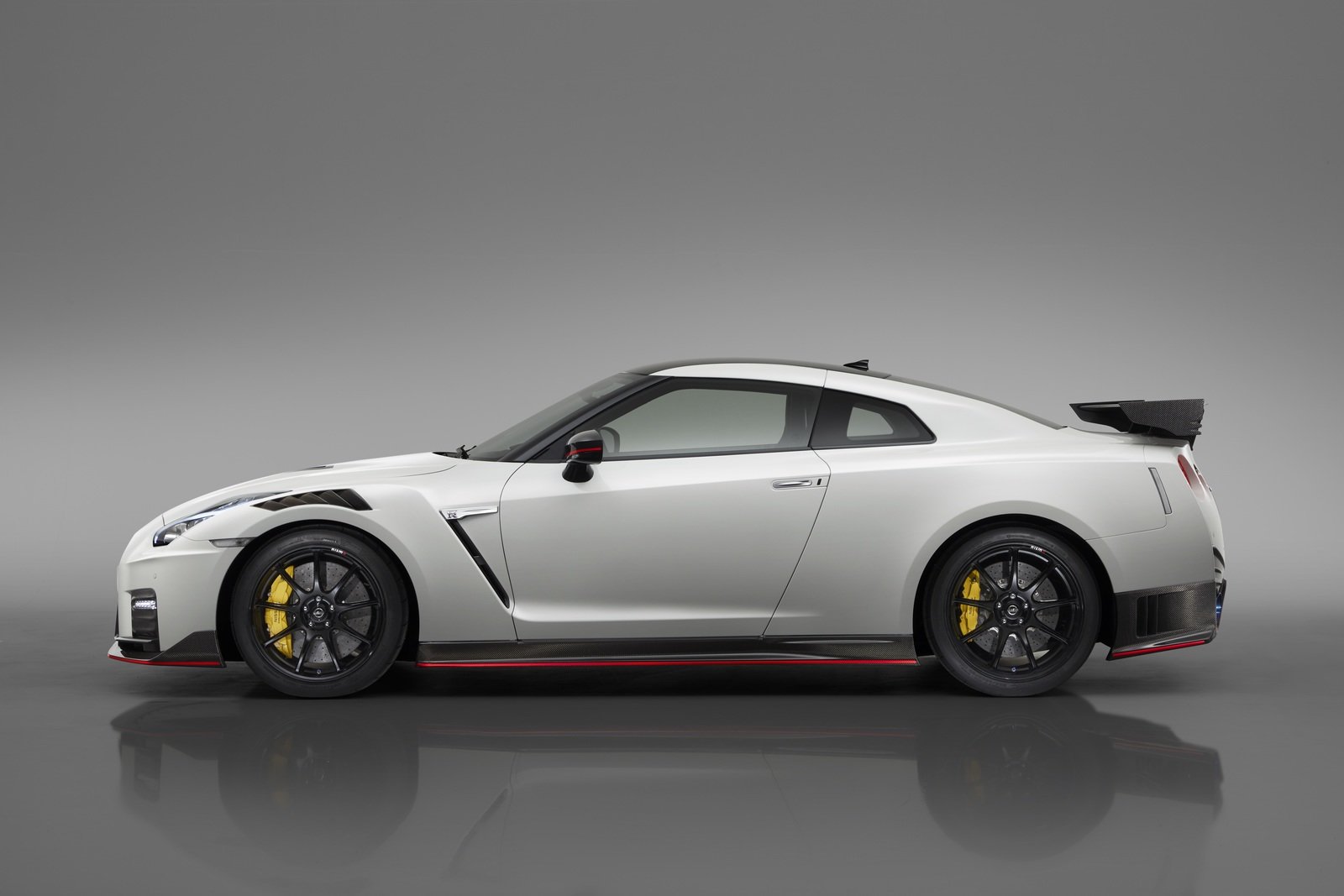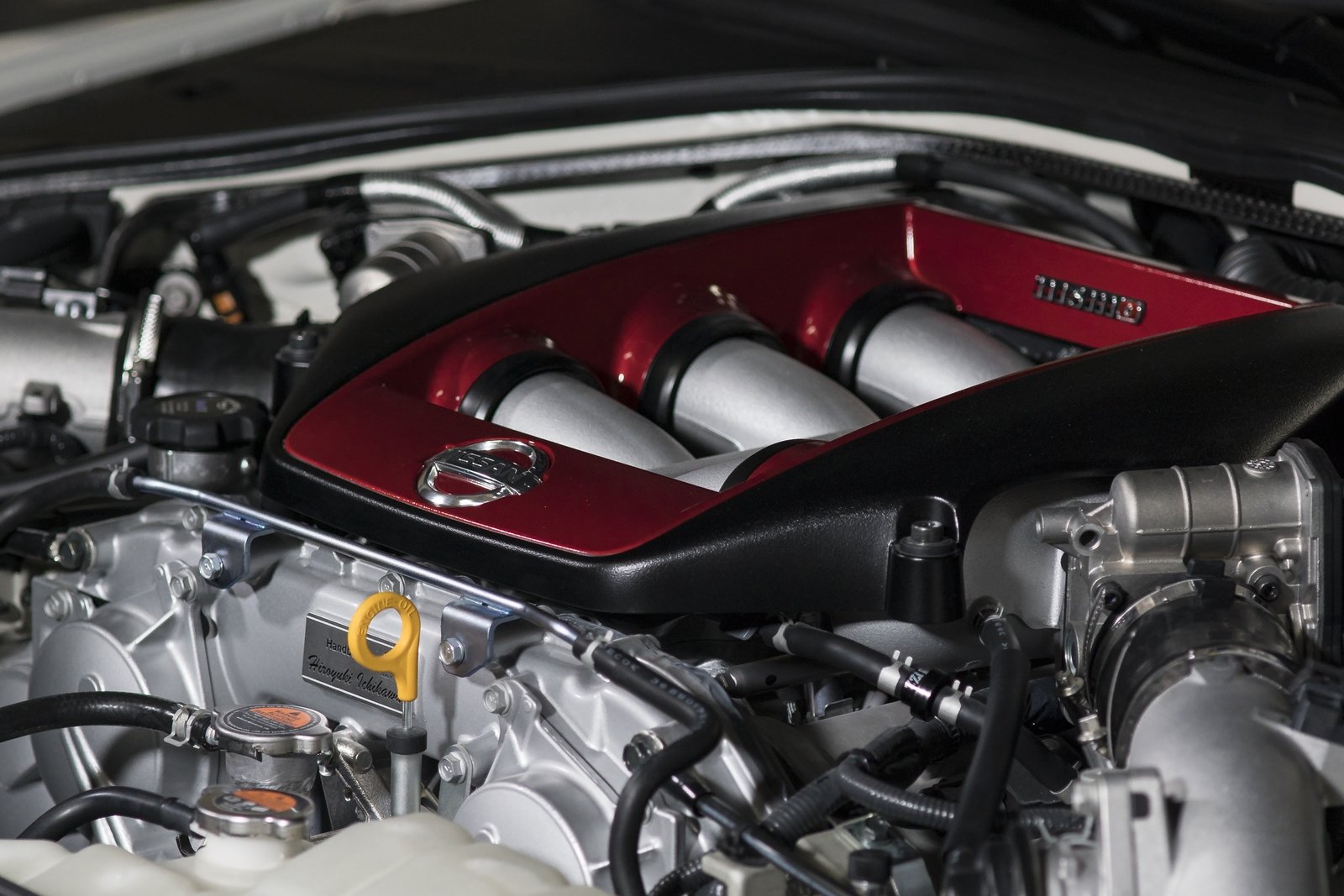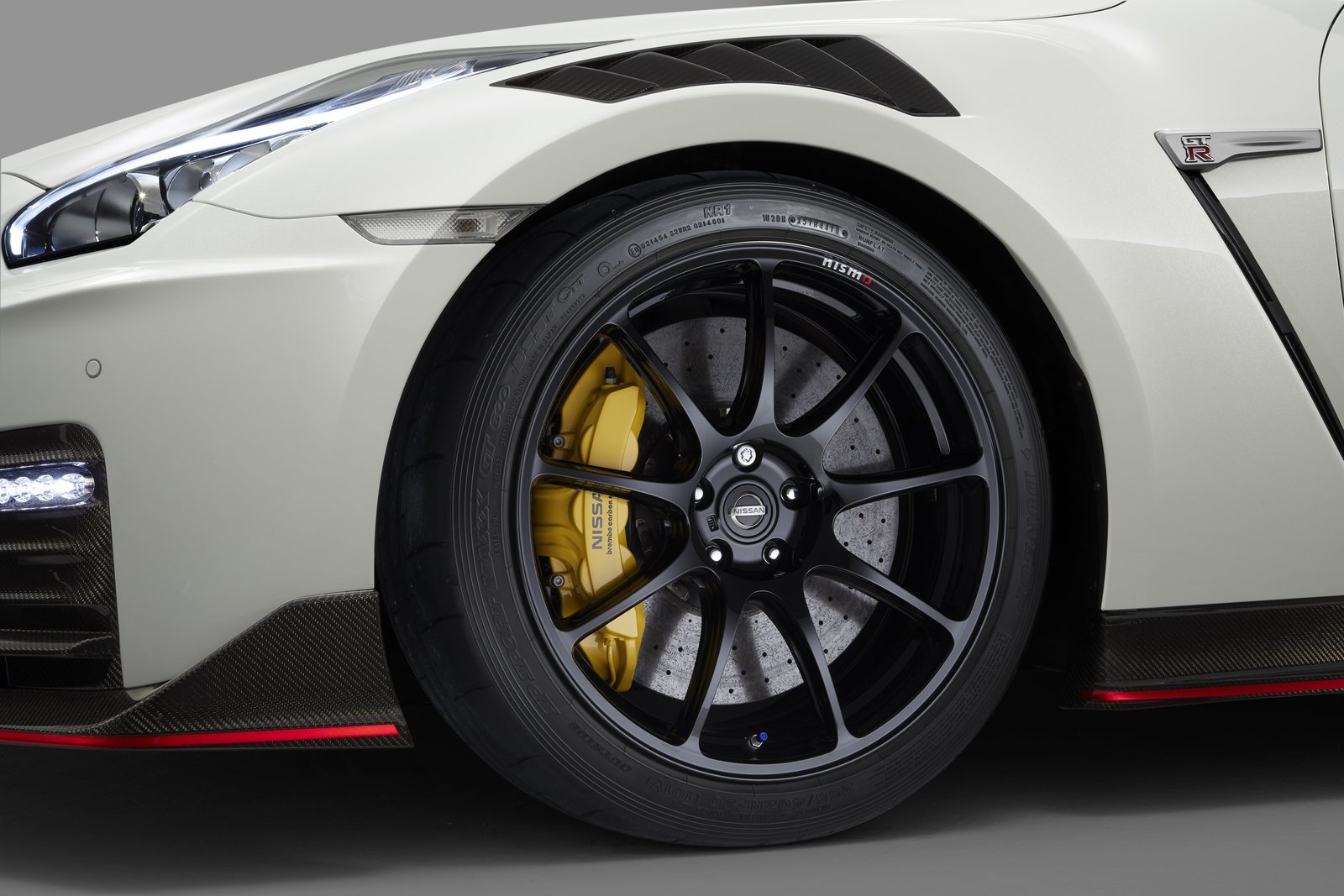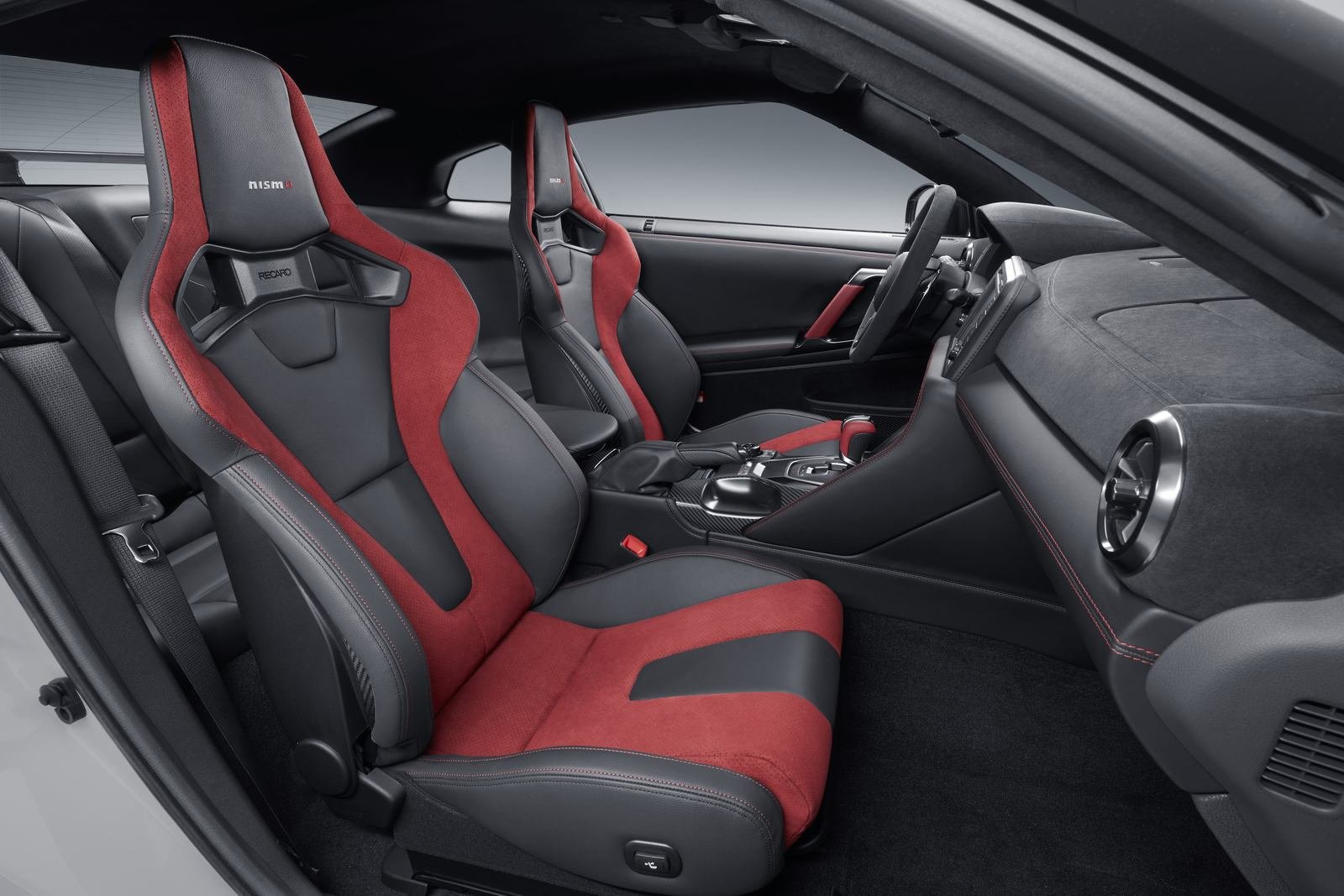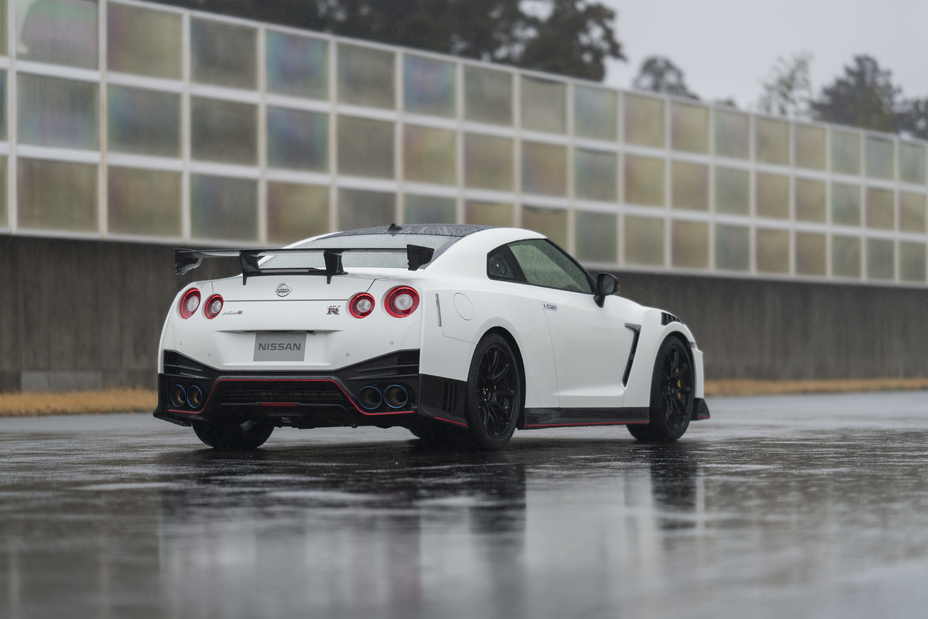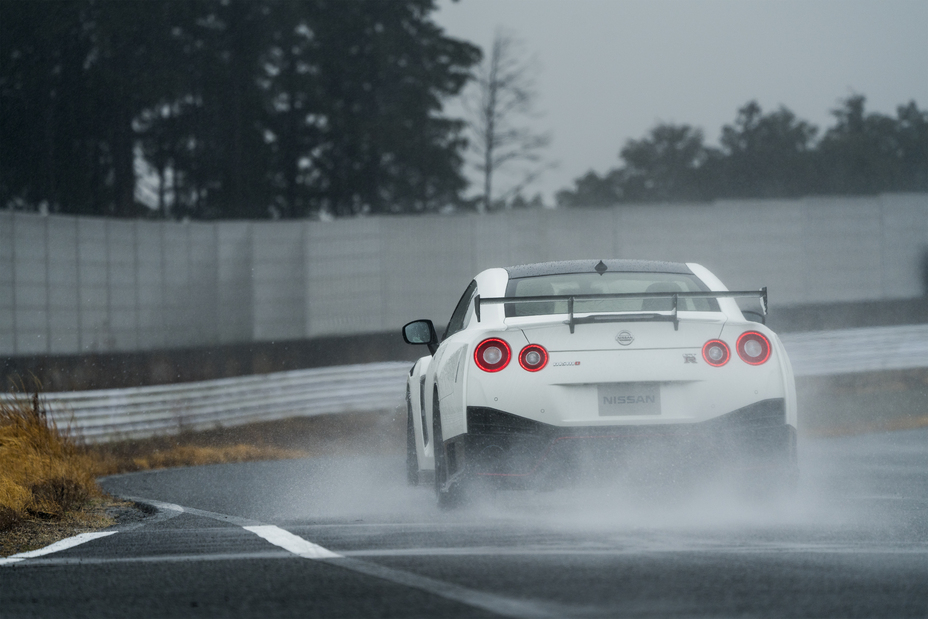Best Used Sports & Performance Cars ($100K–$200K USD)
Having a 6-figure budget (USD) at your disposal will certainly open the door to some pretty mouth-watering options when it comes to purchasing your next car. Sure, there’s nothing like the scent of fresh leather or Alcantara, along with that near-zero reading on the odometer that only a brand new car can provide. But pre-owned cars—especially ones in this price bracket—should always be part of the equation when cross-shopping between different models or brands.
Even if you do have your heart set on a very specific model, buying used can be a great way to go. If you can save a significant chunk of change by purchasing a used vehicle without taking on any meaningful additional risks, why not?
Cars these days have to pass the most rigorous quality assurance standards, and are more reliable, durable and well put together than ever before. History checks are easy enough to perform on your own, while dealerships often include reasonable short-term warranty coverage (i.e. ‘certified pre-owned’) as part of the sale. Often times, this makes the value of proposition of going ‘new vs. used’, one that is sentimental, rather than logical.
Of course, the current chip shortage and other economic variables have been at play recently; these have set the conditions for an almost-universal ‘hot’ used car market. In rare instances, some pre-owned cars have been going for near, or even over, brand new MSRP as the supply chain continues to be disrupted.
Regardless, here’s our list of the Best Used Sports & Performance Cars you can purchase in the $100K – $200K USD range. In the interest of keeping this list digestible, we’ve also filtered it down to cars produced within the last 10 model years; we’ll save older and vintage cars for another list.
All that being said, a lot of these examples will still have their original manufacturer’s warranty intact—not unlike a brand new car.
Porsche 911 GT3 (991.1, 991.2)
Price Range: $135K – $160K (2014-2015 model years, 991.1)
In an era ripe with 4.0L naturally-aspirated flat-6 911 GT3 and GT3 RS cars, the 991.1 GT3 might appear to be a bit of a black sheep with its smaller 3.8L unit. Used market prices generally echo this sentiment, but that also presents the opportunity to get into an amazing car at an attractive price.
In fact, this should make it a prime candidate for those who are looking for a capable track car, and would rather put their money where it really matters when it comes to this—more tires, more brake pads, and most important of all, more seat time. Better yet, the car still has a couple years remaining on the car’s 10-year engine warranty.
Price Range: $180K – $200K (2018 model year, 991.2)
The 991.2 GT3 commands significant premium over the first phase model as it is a better all-around car. This is in large part thanks to the use of the more robust and more powerful 4.0L unit. However, arguably more important than that, is the fact that the .2 models could also be had with a 6-speed manual transmission while the .1 models were exclusively PDK.
This has made the car more appealing to a wider ranging audience. Moreover, the 991.2 GT3 is the only 991-gen GT model that could be had with 3 pedals (barring the ultra-rare 911R), and has become a big hit with the purist and enthusiast crowds.
Chevrolet Corvette ZR1 (C7)
Price Range: $150K – $190K (2019 model year)
Before the new Corvette Z06 (C8), the Corvette ZR1 (C7) reigned supreme over all other Corvettes. The ZR1 is responsible for some important milestones for the model and the American automaker. For one, it served as the swan song for front-engined Corvettes—before they became mid-engined in the current C8-gen—and was the final model release in the previous-gen range.
Naturally, it also inherited top spot in the hierarchy as the most powerful Corvette ever produced; this remains a bragging right it continues to boast, even with the release of the aforementioned Z06.
It might be some time yet before we see the ZR1’s 6.2L supercharged V8 engine usurped in terms of output, with 755 hp and 715 lb-ft of torque at its beckoning. Improved aerodynamics help to provide some semblance of balance to this monster of a car, making it possibly one of the more underrated weekend warrior track cars out there.
Nissan GT-R Nismo
Price Range: $150K – $200K (2014-2019 model years)
As Nissan’s R35 GT-R platform really starts to show its age, most would agree that the Nismo models have been the only saving grace of what would otherwise be a case of ‘same-old-brand-new-you’. The range-topping R35 Nismo models have only been around since about half-way through the current decade+ lifecycle, first appearing for the 2014 model year.
While the Nismo models (2014-2019) have progressively improved over the years, there isn’t one model year that sticks out as being particularly more desirable at the moment, so you can expect a linear relationship between price and year, with other factors such as mileage and condition coming into play thereafter.
The GT-R Nismo was significantly refreshed for 2020 model year, with anything beyond that point commanding well over $200K new or used.
Mercedes-AMG GT
Price Range:$135K – $185K (2018-2019 model years)
While we believe that the track-oriented GT R models would serve well as grand tourers for most enthusiasts, we wouldn’t argue that the lower trims (GT and GT C) are better options as an everyday cruiser. Afterall, opting for either of those models also unlocks the choice of having them in Roadster (convertible) configurations.
Stepping up to the 577 hp AMG GT R nets you Mercedes-Benz’ flagship supercar, which is the amalgamation of half a century of motorsports success placed into a single Nürburgring lap. Lightened, sharpened and strengthened, its racing DNA is evident in every fiber of its body, chassis and soul.
For those looking for that extra bit of the apex-clipping good stuff, the limited edition ‘GT R Pro’ is an even more track-focused variant of the GT R. Only the special ‘Black Edition’ model is out of the scope of this price range.
Acura NSX
Price Range: $140K – $180K (2017-2020 model years)
I am one of those who believes that the new Acura NSX gets way more flack than it deserves. True, it seems to be missing the mark on harkening back to the original model—which most people were expecting, but was likely never really Honda’s intention—but it remains a very impressive car from a performance/outcome standpoint.
The company also recently unveiled a new Type S model, which starts brand new at $169,500; easily within our price range for this list. Well, it is, and it isn’t—the limited edition car is expected to command closer to $200K with options, and will likely go for prices inflated well beyond that when they eventually hit the used market.
Your best bet is to focus your search on the more-than-capable ‘base’ models, which come with the tried-and-tested 573 hp twin-turbocharged V6 hybrid engine assisted by 3 electric motors.
Porsche Cayman GT4 (981 & 718)
Price Range: $110K – $130K (2016 model year, 981)
The Porsche Cayman GT4 models are some of the hottest cars in the enthusiast market, especially amongst track go-ers. With the new 718 GT4 RS being released, demand for the regular GT4 models could go either way depending on how many RS models (and at what frequency) Porsche decides to produce.
In my opinion, I think it’d be safe to assume that it’s going to be hard enough to get one, such that most prospective buyers would end up choosing a GT4 instead—and be very happy with that decision, mind you. First-gen GT4s are the cheaper of the two options, and make for pretty much some of the best weekend track warriors at its price range.
Price Range: $135K – $150K (2020-2021 model years, 718)
The 981-gen Cayman and the newer 718 GT4 (available in both coupé and convertible configuration) are remarkably balanced cars, and in the right hands, can be just as quick around the circuit as their more expensive 911 stablemates.
The 718 cars are at the higher end of the price range, being newer and all, but also have the more robust and exclusive 4.0L engine versus the 3.8L (and still highly capable) unit in the 981. PDK is also optional in the newer car—the 981 is manual only—which will tickle the fancy of track junkies, much more than the purists.
The 981 is more raw, the 718 is faster. Either way, you can’t go wrong.
Aston Martin V12 Vantage S
Price Range: $125K – $165K (2015-2017 model years)
If the deeply integrated electronic systems of other sports cars don’t appeal to you—like those found in the new, tech-laden Porsche 911 GT3—the Aston Martin V12 Vantage S might just have the right blend of speed, style and character you’re looking for. Yet, with the confidence you feel behind the wheel and the chassis’ superb balance, you don’t need to be a GT racer to exploit its full range of performance.
Even at idle, the V12 in the Vantage S will demand your attention just from the way it sounds. Open up the throttle on the 565 hp 5.9L naturally-aspirated AM28-spec engine, and treat yourself to arguably the best sounding production road car on the planet—one which can be had for well under the $200K mark.
Audi R8
Price Range: $100K – $200K (2012-2020 model years)
The Audi R8 has the highest range of prices (and applicable model years) on this list. You can go back as far as 13 years when shopping for a pre-owned Audi R8, so it’s important to discern the differences of each model year, as their technologies and offerings have evolved a fair bit over that time as well.
Our favorite R8 model would have to be the Audi R8 RWD. Now a standard, instead of a one-off offering, the rear-wheel drive version of Audi’s famous R8 supercar is wonderful for so many reasons. Not only does it provide a notably lower price of entry into ownership of a new R8, it also brings about the puristic thrills that its heavier and more expensive all-wheel-drive counterpart can’t.
No doubt the newer models are sharper in both the driving dynamics and looks departments, but being able to get into an older model for far fewer greenbacks has its appeals too.
McLaren 570S
Price Range: $160K – $200K (2016-2018 model years)
There aren’t many opportunities to get into a McLaren for under $200K, but a pre-owned 570S provides one of those rare chances to do just that. While the 570S isn’t anywhere near being the British automaker’s top model, it remains a highly respectable performance car on its own merits, and is certainly one of the stand-out options in this price range.
After all, you’re getting McLaren’s infamous carbon-tub monocoque chassis and a mid-mounted 3.8L twin-turbo V8 powerplant—delivering 562 hp @ 7,500 rpm and 443 lb-ft of torque @ 5,000-6500 rpm to the rear wheels—which is mated to a 7-speed SSG (seamless-shift gearbox) transmission.
The drivetrain has been praised for its linearity, and although peak numbers are achieved after 5,000 rpm, the car also has plenty of low-end grunt and responsiveness too. The end result is a 0-62 mph time of just 3.4 seconds and a top speed of 204 mph.
Porsche 911 Turbo & Turbo S (991.2)
Price Range:$145K – $200K (2015-2018 model years, Turbo), (2018-2019 model years, Turbo S)
While there’s no doubt that the latest 992-gen Turbo and Turbo S are all-around better cars than their predecessors, the most recent run of such cars (991.2) are no slouches either; and in many cases, they can be bargains on the used market when you begin to line up the specs with their respective prices.
For example, the lower-trim 991.2 Turbo model is good for 0-60 mph in just 2.7 seconds (plenty quick for just about anyone) and can be had for under $140K on the used market. Today’s range-topping Turbo S is unquestionably faster, able to hit that benchmark in a mind-boggling 2.2 seconds—it’s up to you (and your wallet) to decide whether that half-second is worth that extra $70K – $90K, and if having your mind boggled on a daily basis is even necessary.
Of course, there’s newer tech just about everywhere on the new cars too, but there will never be an ounce of shame owning any car that has the word Turbo (or Turbo S) scribed after those legendary 911 numerals.
















